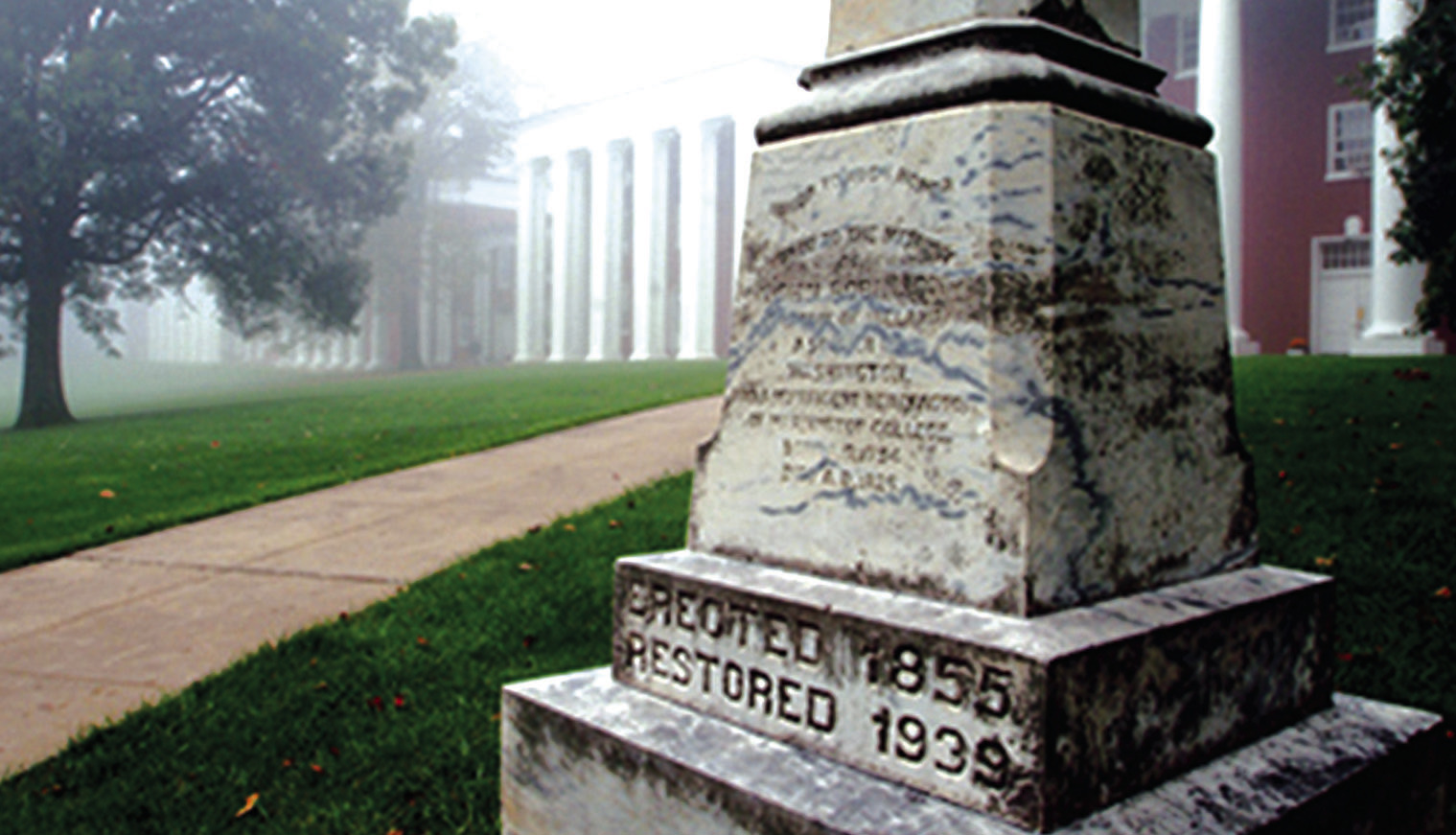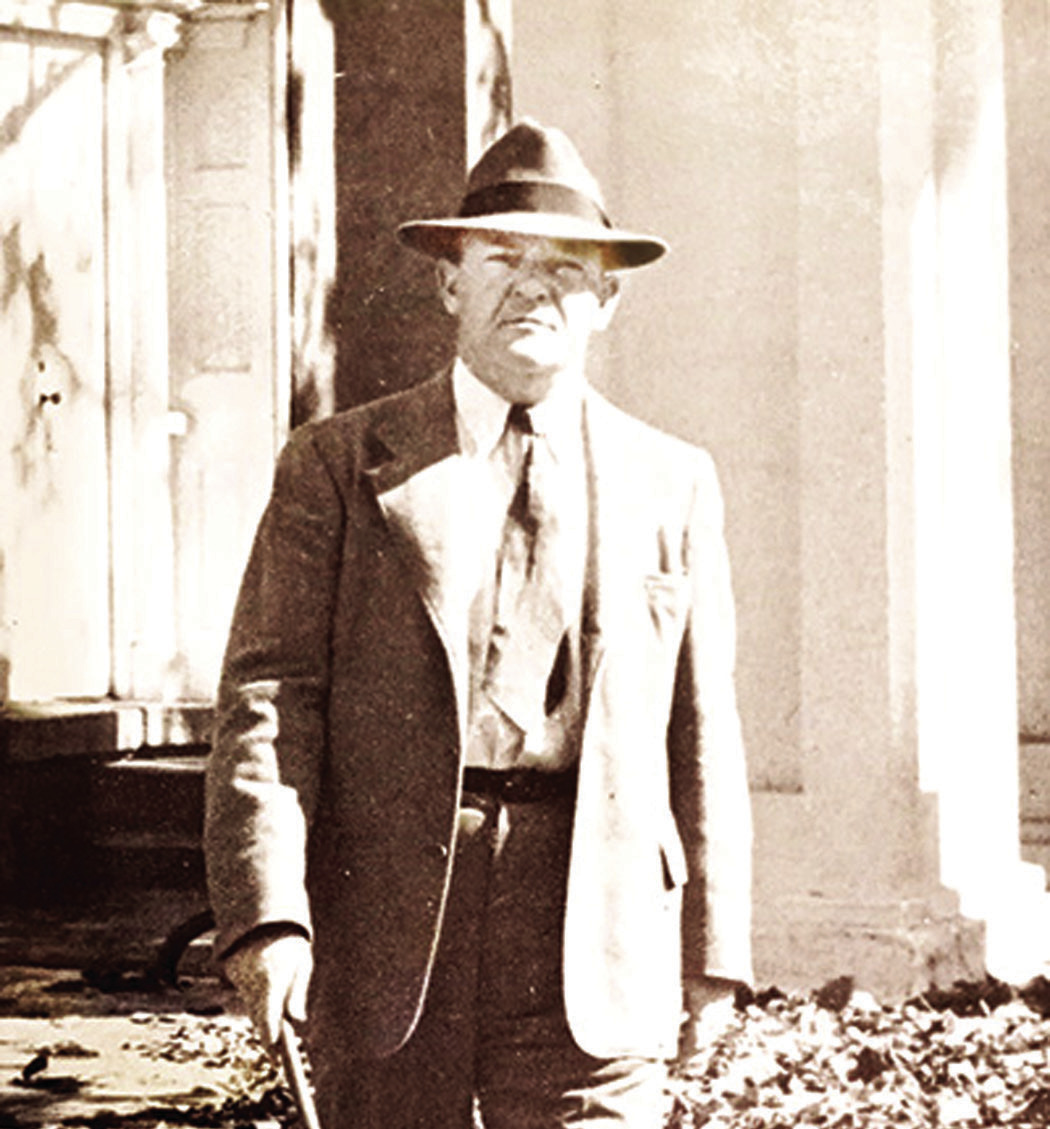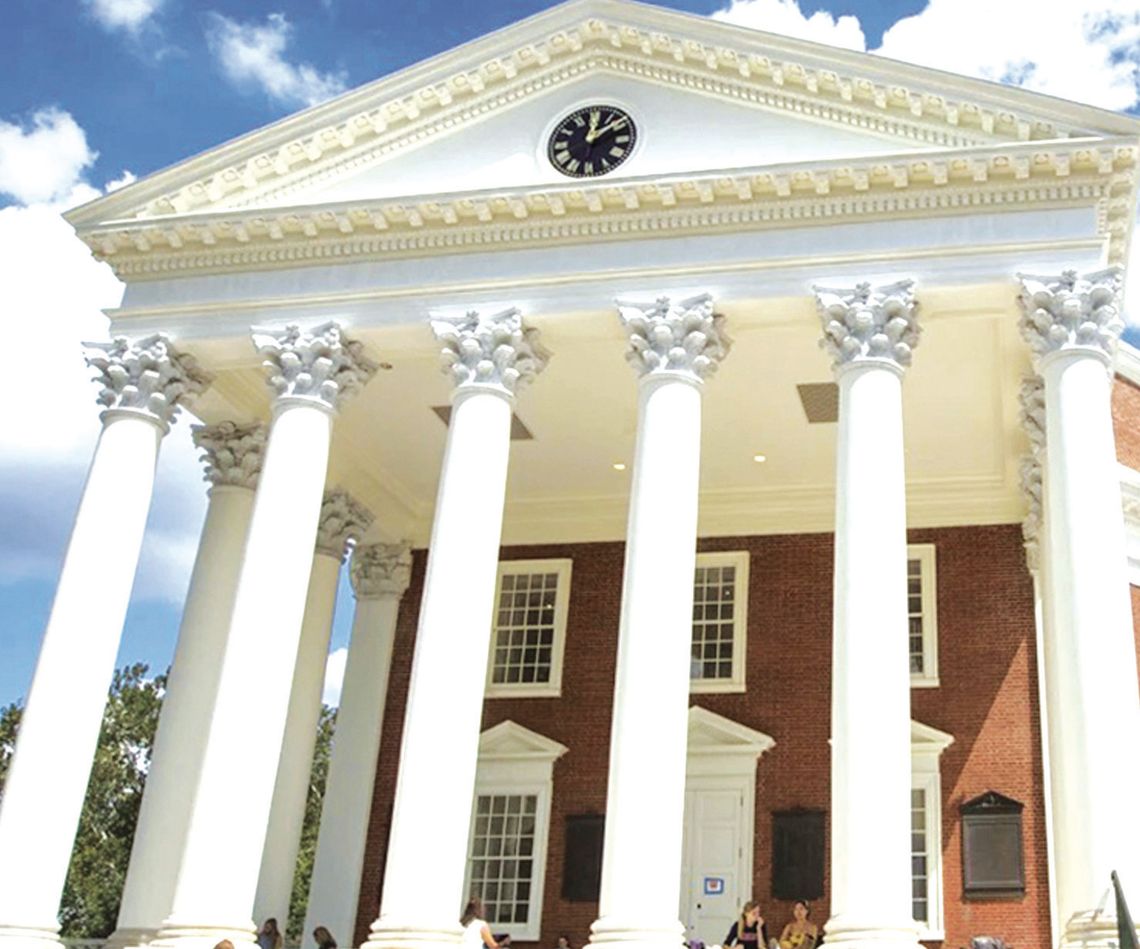New ‘Epilogues’ Explore W&L’s Past
Three articles about the evolution of Washington and Lee University have been published in “Rockbridge Epilogues,” the free, online series available at www.HistoricRockbridge. org.
The first article is “Portrait of an Orator,” about W&L’s legendary president Francis Pendleton Gaines (1892-1963), by the late William Buchanan, professor of political science, who was a student under Gaines.
The two other articles are by Ollinger Crenshaw, university historian until his death in 1970, both about struggling Washington College in the early years of the 19th century. One is a profile of John Robinson, who paid for the historic landmark Colonnade and whose gifts surpassed George Washington’s. The other explores a crusade that began in 1817 to establish Lexington, not Charlottesville, as the home of Virginia’s flagship state university.
Francis Gaines was W&L’s president from 1930 until 1959, coming to Lexington from the presidency of Wake Forest University. Nationally sought-after as a speaker, he rarely read from notes because, he said, reading a speech was “like driving an automobile with sparkplug missing.” Fifteen institutions awarded him honorary degrees.
Jockey John Robinson (1754-1826) was, as his nickname implied, a horsetrader. He owned the land that later became Buena Vista. After donating funds in 1824 to build Washington College’s central buildings, which became the Colonnade, he bequeathed his entire estate to the institution, rescuing it from financial oblivion.
Before 1819, when the University of Virginia was established at Charlottesville, the always struggling Washington College pleaded with the state legislature to accept a gift of the college’s buildings and endowment — including Jockey John Robinson’s wealth — and convert Washington College into a state-supported institution. But Thomas Jefferson, the prime mover behind the university concept, wanted it close to his home at Monticello and fiercely opposed the control then exercised by Presbyterians over Washington College. Jefferson won the political battle, of course, but eventually both institutions flourished.
All three articles were originally presented by their authors to the Fortnightly Club, one of Lexington’s two century-old discussion groups. “Rockbridge Epilogues” publishes articles of local interest not in print elsewhere. The journal is endorsed by the area’s two historical organizations, Rockbridge Historic Society and Historic Lexington Foundation.


.jpg)



